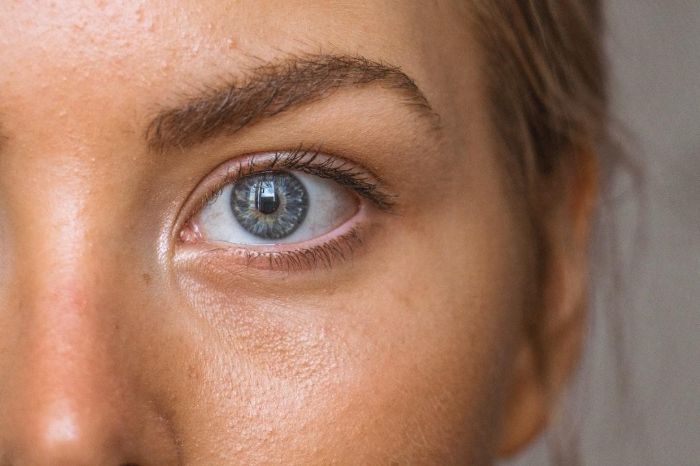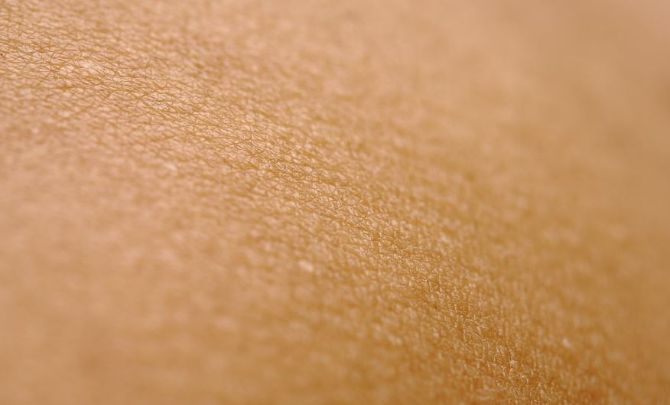Skin can exhibit signs of aging, damage, or other underlying issues that can impact its appearance and health. Age, lifestyle, and environment all influence how our skin ages and responds to different treatments.

By understanding the various skin concerns and recognizing the available rejuvenation options, individuals can achieve a more radiant complexion and boost their confidence. Let’s dive into the primary skin concerns that may benefit from rejuvenation treatments and how they can recognize these issues.
Treatments for Rejuvenation
Various rejuvenation treatments address identified skin concerns effectively. Options range from minimally invasive treatments to more intensive procedures, each tailored to specific needs. Laser therapy targets pigmentation issues and improves skin texture. Microdermabrasion provides a gentle exfoliation, removing dead skin cells and stimulating collagen production.
Injectables like fillers and Botox can provide immediate results for wrinkles and volume loss. For individuals considering fat reduction in the area, liposuction in Houston has become a sought-after option to contour the body effectively. Consultation with a qualified professional will guarantee that the chosen treatment aligns with the desired results.
Sun Damage
Sun exposure is a culprit behind many skin concerns. Prolonged time under the sun leads to sunburns, premature aging, and an increased risk of skin cancer. Signs of sun damage include leathery skin texture, dark spots, and a dull, uneven complexion. The UV rays from the sun break down collagen and elastin, essential proteins that keep the skin firm and supple.
Monitor your skin for any new changes or growths in areas frequently exposed to sunlight. Regular skin examinations can detect early signs of skin cancer or sun damage. Incorporating sunscreen into your daily routine can mitigate further damage, but addressing existing concerns might require interventions like chemical peels or laser therapy.
Aging Gracefully
Wrinkles are viewed as a natural part of aging, but there are many factors that influence their development. As we age, our skin loses collagen and elasticity, making it more prone to wrinkles and sagging. Pollution and lifestyle choices like smoking or poor diet also contribute to wrinkle formation. Understanding when and where these changes occur can help in selecting appropriate treatments.
Many individuals begin noticing wrinkles in their late 20s or early 30s — and that’s why they should start addressing these concerns early on. Treatments like fillers or Botox target dynamic wrinkles caused by facial expressions. For deeper lines, more invasive options like laser resurfacing may yield superior results, restoring a youthful appearance.
Skin Texture
An uneven skin texture can affect one’s self-esteem. This condition may manifest as rough patches, enlarged pores, or scars from acne. Hormonal fluctuations, diet, and environmental toxins play a role in the development of skin texture issues. Regular exfoliation and hydration are fundamental steps in improving skin texture over time. For pronounced cases, treatments like microdermabrasion or chemical peels can smooth the skin.
Both methods promote cell turnover and reveal fresher skin beneath. Maintaining a consistent skincare routine while protecting the skin from environmental influences is necessary to improve texture long-term. As the skin regenerates, individuals can notice improved smoothness and even tone.

By observing skin changes and understanding common concerns, individuals can take proactive steps towards rejuvenation. Identifying specific issues leads to tailored treatments that address individual needs and aspirations. With the right professional guidance and commitment to a consistent skincare regimen, achieving radiant skin is an attainable goal.
